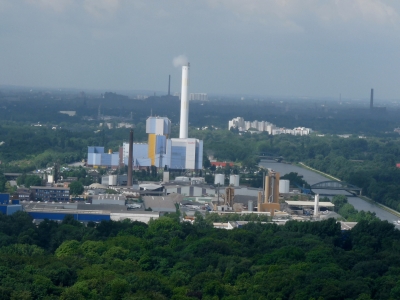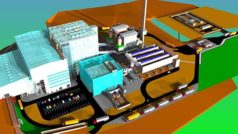Therefore, our industries very much support the Commission’s proposal to count recycling of metals from Waste-to-Energy’s bottom ash towards recycling targets in the Waste Framework Directive1 and the Packaging and Packaging Waste Directive, while meeting certain quality criteria. This will give Waste-to-Energy plant operators additional incentives to recycle even more metals from the bottom ash.
This will also help to reduce Greenhouse gas emissions that would be emitted during the production of primary metals. The Greenhouse gas savings/credits from metal recycling from Waste-to-Energy bottom ash are about 2,000 kg CO2equ/tonne of recycled metals. In Europe, metal recycling from bottom ash saves the equivalent of approximately 3.2 million tonnes of Greenhouse gas emissions per year.
While collection and separation at source is key for the quality recycling of most waste streams, small and in particular very thin metal packaging items can sometimes be difficult to sort and therefore end up in the residual household waste fraction sent for incineration. Fortunately, metals such as steel and aluminium can still be recycled from the incinerator bottom ash, while maintaining their material quality and value.
The combustion process does not change the material properties or the value of the remaining metals, which can therefore be further used again as secondary raw material, thus replacing virgin metal and avoiding the related Greenhouse gases.
After steel, aluminium is the most abundant metallic component of bottom ash. Both steel and aluminium do not burn during the combustion process. Aluminium melts but re-solidifies afterwards into small droplets which can then be easily sorted and used again as secondary raw material for castings for the automotive industry (e.g. into engine blocks). The sorted steel fraction is directly used for the production of new steel. The inert fraction, which forms the rest of the bottom ash, once stabilised, can be used as secondary raw material in construction.
The scrap metal recycling rate depends on the waste composition and the technology used. The recycling rate in state of the art facilities can reach about 80% or more. Metal recycling from incinerator bottom ash should not be disadvantaged in comparison to recycling from other sources.
The remaining residues after the bottom ash sorting phase from Waste-to-Energy plants should be considered as valuable secondary material fit for recycling within the European Circular Economy. Member States should be able to report these extra quantities in their annual recycling reports to the EU statistical services, in order to meet the new and ambitious targets indicated in the waste proposals of the revised EU Circular Economy Package.







